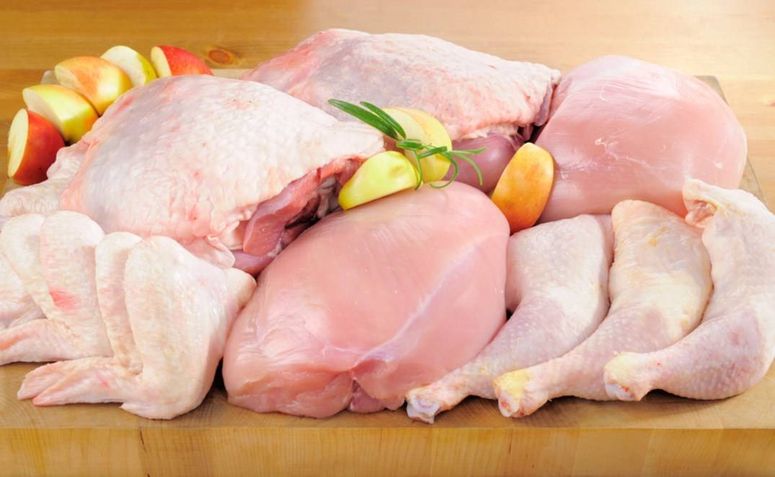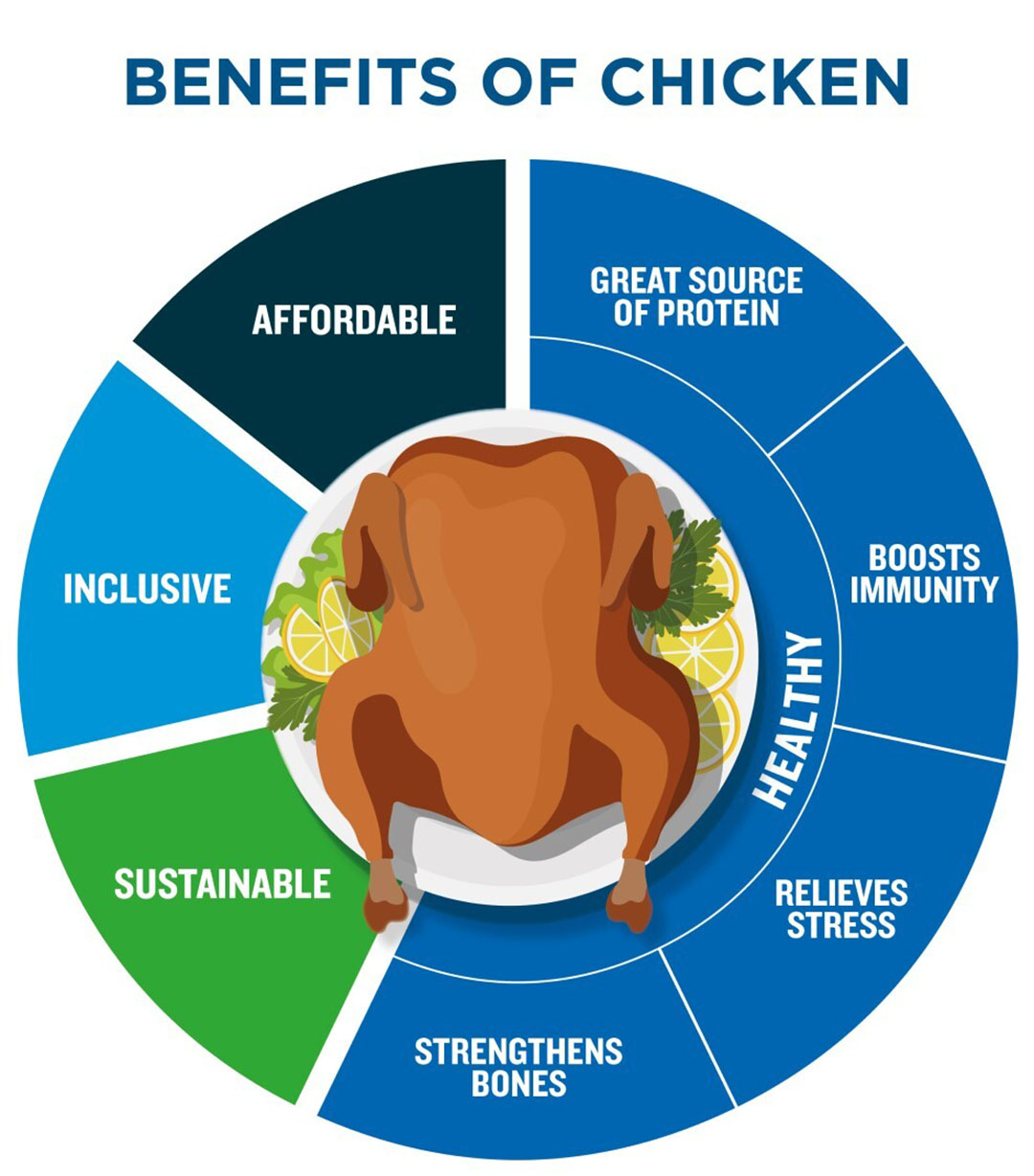The future of chicken: Poultry beyond 2050

This article summarises the predictions of Aviagen CEO, Jan Henriksen. on “the future of chicken” and its role in providing food security to the world. Henriksen presented his ideas as a keynote speaker at the Nordic Poultry Conference, held 8-10 November in Denmark.
Global demand for poultry is climbing at a fast pace. Between 1960 and 2020, worldwide production skyrocketed with Asia leading the way. The reason: chicken is becoming more and more popular. Major economies from Brazil to China are shifting to poultry from traditionally favoured meats. In fact, over the decades, poultry has become the most-consumed livestock commodity in the world, especially in developing and emerging markets.
In 1960 total chicken consumption was less than 10 million tonnes, and by 2021 it had climbed to more than 120 million tonnes. By 2050, it is predicted to reach 180 million tonnes. That will have been a 1,200% increase from 1960 to 2050! That’s more than 3 times the growth rate of pork and 10 times that of beef, according to US government data. Chicken is on track to account for 41% of all meat eaten by 2030. The human race will, for the first time ever, consume far more chicken than any other kind of protein.
Covid-19, a war between 2 countries responsible for one-third of the world’s grain, avian influenza, the environmental impact of climate change, misinformation about animal welfare…Just one of these challenges has the potential to wreak havoc on food security. When they strike at once, we have an imperfect storm. Our poultry industry mission is to meet the protein needs of 10 billion people by 2057. With a high nutritional value, sustainability qualities and surging global popularity, chicken offers a favourable solution. That’s why the “future of chicken” is to be the key protein for food security.
Let’s explore a few ways chicken can help solve world hunger and promote health and well-being…
Everyone agrees on chicken. Chicken enjoys universal acceptance, with no major religious or cultural restrictions, and its affordability makes it more accessible to people at various income levels, especially in times of high inflation.

Chicken is economical. The cost to produce and for consumers to purchase other animal proteins is rising significantly. The price of chicken production compared to total output, on the other hand, has fallen to a third of what it was 30 years ago, while the production costs for other animal proteins is rising. Due to giant leaps in key factors such as feed efficiency, livability, health and welfare and meat yield, chicken has become affordable for consumers and profitable for farmers, even amidst rising input costs such as feed and fuel.
Chicken is healthy for humans. Whether we are facing a global health pandemic or other stressors, it is vital to keep our immune systems strong. Chicken’s high content of protein and critical nutrients is essential to building strong bones and tissues, particularly in young children. In one single 300-gramme serving, chicken meets the recommended daily allowance of all essential amino acids within 300 calories, and it is high in niacin, vitamin B6, selenium and other nutrients. With 3.57 grammes per 100 grammes, it also has the lowest fat content of all land-based animal meats (and also lower than soybeans).
Chicken is sustainable. Chicken also has the smallest carbon footprint of all land-based animal proteins, emitting a quarter of the harmful gases. Additionally, chicken production demands far fewer natural resources such as farmland and water. With lowering housing and transportation requirements, electricity and gas are also conserved.
Over the past decades, Aviagen has put resources into creating efficiencies to further enhance these sustainability qualities. An example is our progress in feed conversion ratio (FCR). A year-on-year improvement of close to 2 points in FCR has translated to a 1% annual reduction in the poultry industry’s greenhouse gas emissions and a 1.2% reduction in the requirement for agricultural land.
Some restaurants and companies are turning to poultry to help with green goals as consumers are learning that, with carbon-friendly chicken, they don’t have to sacrifice taste for being climate-responsible.
Our mission at Aviagen is to help our customers meet the soaring needs of a growing population for nutritious and delicious chicken meat. We do so by balancing bird welfare and sustainability, which is good for the birds, good for poultry producers, and good for our planet. By evaluating more than 40 genetic traits, we select birds that are healthy and robust with feed efficiency, disease resistance and strong liveability. At the same time, these birds have high meat yield and a healthy growth rate, and thrive in a variety of global climates and growing conditions. These traits add up to food security for the world’s people, along with a lessening of the impact of livestock production on the environment.
Along with an expanding population, we will continue to see shifting social and socio-economic demographics. Accompanying these changes will be ever-evolving consumer patterns. As food production ramps up to keep pace, there will be increasing pressure on our global resources. Sustainability and food security will become increasingly more important.
Chicken is the key protein for the world’s future food security. It is affordable, sustainable, accessible, healthy and universally acceptable. As a primary poultry breeder, Aviagen will continue our commitment to breeding welfare and sustainability to ensure food security to 2050 and beyond.
Source: Aviagen
Write to us
Our manager will contact you soon



